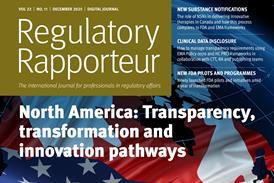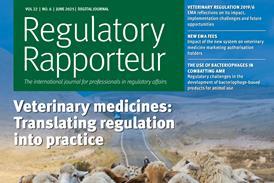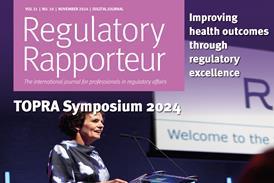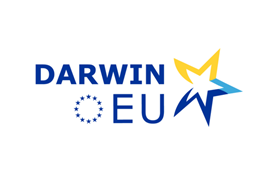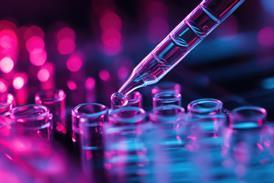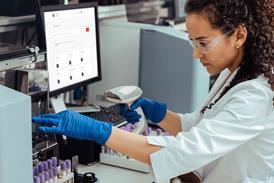What are the future prospects for antimicrobial agents?

It is estimated that there were 1.27 million deaths globally directly attributed to antibacterial resistance in 2019. The WHO have declared that antimicrobial resistance (AMR) is one of the biggest threats to global health.[1] Research has highlighted that there is a strong link between antibiotics consumption and development of bacterial resistance.[2] Beyond this, populations affected by antimicrobial resistance can develop life-threatening fungial, viral and protozoa infections. There is a global focus to address this critical issue, both through preventative measures to mitigate the risk of development of resistant strains and by improving the availability and accessibility of new antimicrobial agents. Different strategies to combat antimicrobial resistance include new technologies such as phage therapy, bacterial vaccines and microbiome science. Regulatory challenges arise when development falls beyond the scope of current guidelines, such as the European Medicines Agency (EMA) Guidelines for the development of new antibiotics adopted in 2022.[3] This article looks at current and future prospects for the regulation of antimicrobial agents and how policy and regulation aim to boost research, development and innovation in antimicrobial resistance (AMR) in human and animal health.
How to read this journal article
Thank you for visiting Regulatory Rapporteur. Journal articles are restricted to TOPRA members and registered users.
If you are a TOPRA member, or have already registered for limited free access, log in now (Option 1 below).
Not yet a member? You can either join TOPRA (Option 2 below) or register to view limited content for free (Option 3 below).



